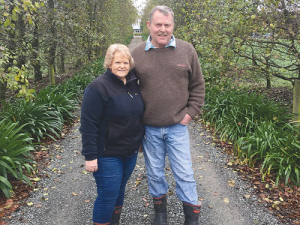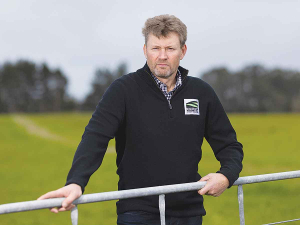While we plant waterways it’s worth considering planting for shade and shelter too. A Chinese proverb says, the best time to plant a tree was 20 years ago; the second-best time is now.
Providing shade for grazing livestock is one obvious way to prevent heat stress and advance animal welfare. Who doesn’t appreciate the shade of a tree on a hot day? And as the mercury drops, trees also shelter cows from cold wind and rain.
Many farmers, like Matthew and Trudy Holmes based in Canterbury, have been planting trees for stock shade and shelter. Their 650-cow farm in Rakaia is a fortress of trees planted during the last 20 years.
“Having farmed in Waikato we saw the value in having trees for shade and shelter and aesthetics too,” Holmes says.
“We have trees around the perimeter of the property and trees for shelter in every third or fourth paddock. They’re trimmed off at 3m so the pivot irrigation (set at 3.8m) can go over them.”
The Holmes say their cows seek the trees out on hot and cold days.
“Our cows like to have somewhere to hide when the cold winds are blowing and on hot days it’s not unusual to see many standing up against the shelterbelt to get shade,” Trudy says.
The plantings have been a labour of love and Trudy enjoys gardening.
They say the shelterbelts also act as a good biosecurity measure, providing a buffer between properties.
Trudy advises farmers looking at planting shelterbelts to ask a nursery which trees would work best for their farm and how to look after them to get them established.
They’re also aware of research into other shelter options such as miscanthus, a tall grass that grows 2-4m high and doesn’t pose a risk to irrigators.
Helping hand
Not sure where to start?
It’s a good idea to take a whole-farm approach before planting trees. Think about how you would like your farm to look in future, and other benefits you want the trees to provide, such as soil stability and biodiversity.
To help you plan, DairyNZ (with Landcare Research and councils) has produced 13 regional guides to set-back distances, planting density, plant species best-suited to the region and when to plant.
The guides are available at dairynz.co.nz/planting-guides. For more information visit dairynz.co.nz/trees.
• Helen Thoday is DairyNZ’s animal care team manager.
















